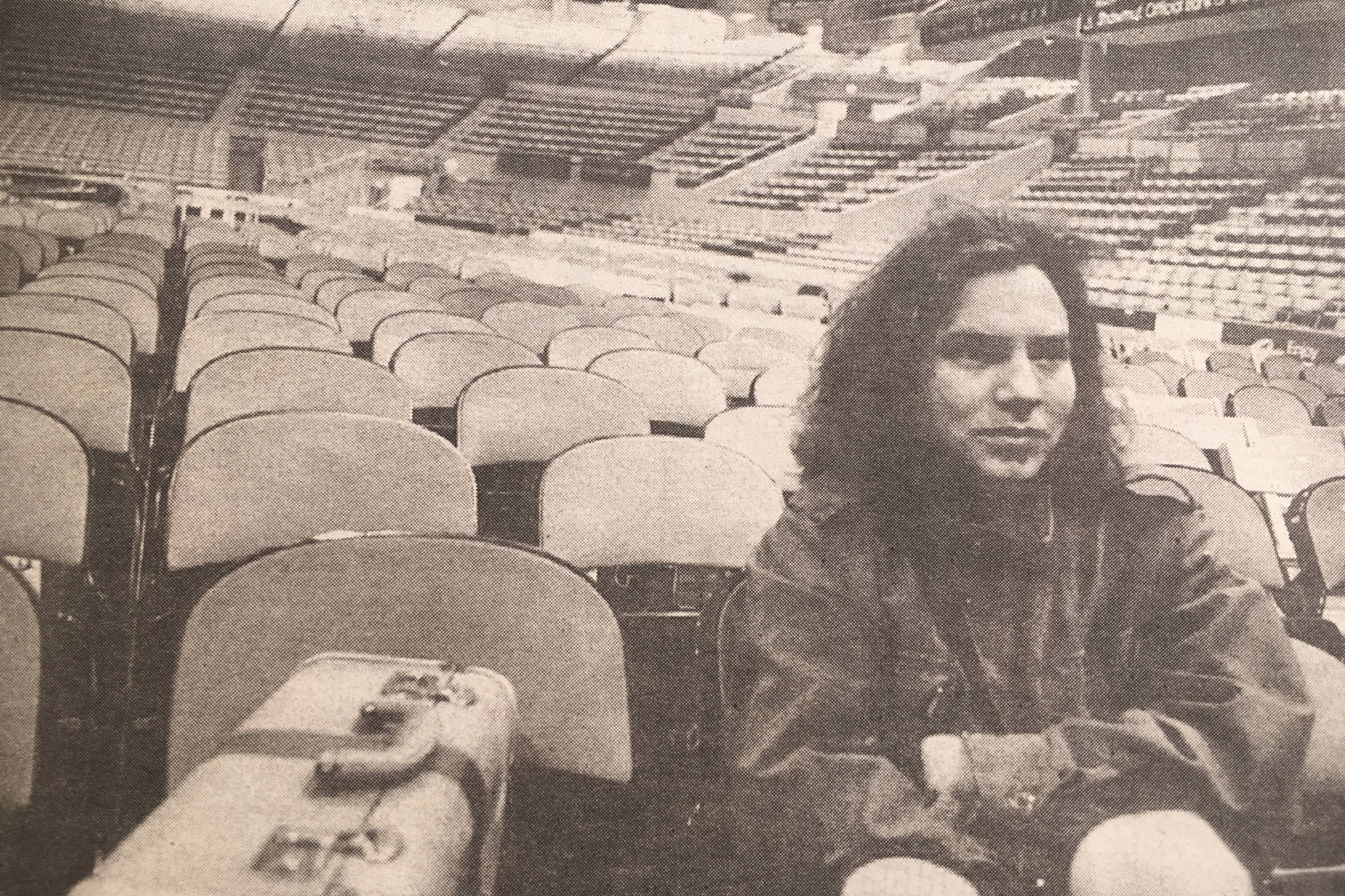TIME WAS, THE World Wide Web was a wide-open space peopled by the cyberspace equivalent of Hyde Park speakers: long on energy, but short on thought, talent, artistry, or . . . ahem . . . bandwidth. Faster modems and faster microprocessors, though, soon conspired with desperation among hardware and software manufacturers to help grow the computer industry dramatically, and the Internet emerged as the Next Big Thing in computing—a killer app, of sorts, that could move the PC into the mainstream.
To a growing number of artists (and engineering types with artistic sensibilities), this was wildly exciting. The rapid growth of the Internet has fueled the development of tools making computers ever easier to use for artistic expression, and it often seems that the day is not far off when the digital platform will be as widely and effectively used for art and entertainment as television and print are today.
That, at least, was the thinking of Ryan Lane, a longtime Web site developer who looked up one day from years of work at Microsoft, SPRY Inc., Wall Data, and various other enterprises and saw that the Internet landscape had changed not for the better, as he had been expecting, but for the worse. “I clicked on the Excite portal’s entertainment links one day,” he says, “and all I saw were links to sites promoting other media. There were no pure Web-only entertainment sites. And I started thinking, ‘What will it take to give the online world artistic credibility? When will the day come when people are saying, “Did you catch so-and-so online last night?”‘”
The problem, as Lane and other like-minded people now see it, is that the Net has been co-opted by commerce. No sooner did enough people get online than the image of the Web in the popular imagination changed from an information medium to a medium for commerce. Now, it seems, the Web is evolving into a retail sales channel and a medium for promoting other media rather than into an art-and-entertainment medium in its own right.
To counter that trend, Lane helped form a group, mousecontrol.com, that is exploring and experimenting with Web-only art forms. “We get together,” he says, “and exchange ideas, show each other our work, and really beat up on each other.” Now, on a number of sites (futile.com, pillowfight.com, smashingideas.com, bornmagazine.com, and bugsmagazine.com), group members are showcasing their work in the hopes, Lane says, “of being recognized for their content rather than their technology. And of course, we have ambitions to ‘make it big’—to become famous for what we do. Ultimately, we want to get paid for doing what we like to do.”
In the course of their experimentation, mousecontrol.com members are encountering a number of interesting barriers both to good artistic expression and to connection with a wide audience. Some are out of an artist’s control: The Internet-enabled computer, for example, still is deployed at nowhere near the ubiquity of the television or the radio, and computer technology is still too difficult for artists and audience members alike to use. There also is no artistic tradition in cyberspace, and no real understanding of what kind of art will “sell” online. “There is the problem of attention span, for one thing,” says Lane, “and the fact that users have millions of options. They are constantly clicking around. Bore them for a second, and they’re gone.”
MOST INVENTIVE IN this regard has been the work of artist Nathan Tucker, whose “Annoy the Little Man,” an interactive programlet (it can be hard to name art forms that have only just been invented) has proven something of an online hit. In order to annoy the title character, you move your mouse around and over his head. He . . . well, you sort of have to see the thing to understand how it works, and why it is so much fun to play with. “You have to do a lot of ‘manipulation,'” Tucker says, “to keep people on your site. You have to think of ways to draw them in and keep them there.” He thinks of his little entertainments (another, called “Know Your Letters,” can be found at bugsmagazine.com) as “time killers giving people something to do. It’s something we can do that TV can’t do.”
Tucker sees present-day Internet computing as an “embryonic” precursor to a future “monster” that will be a blend of television and the Internet. “I think it’ll be similar to what the Internet is now,” he says, “with a lot of streaming video—good ol’ television programming—mixed in with all kinds of interactive things.” For now, though, it is a laboratory where he and his collaborators can “get a couple of toes in the online door. We’ve poured a lot of energy into this, with little or no monetary reward. We’re really looking forward to the day when we can quit our day jobs.”
Such ambition sounds laughable on the face of it, as does Ryan Lane’s intention to find the answer to the question “What do you have to do to create something online that people can be interested in for years?” But given the surprising evolution of the Net as measured against the rather different expectations for it only a few years ago, mousecontrol.com is likely on to something. After all, as Tucker observes when asked about futile.com, “We get hits from all over the world. And we haven’t even sold the site. Three years ago, I never would have thought we’d have an audience this huge for something like this. It’s such a strange environment.”






